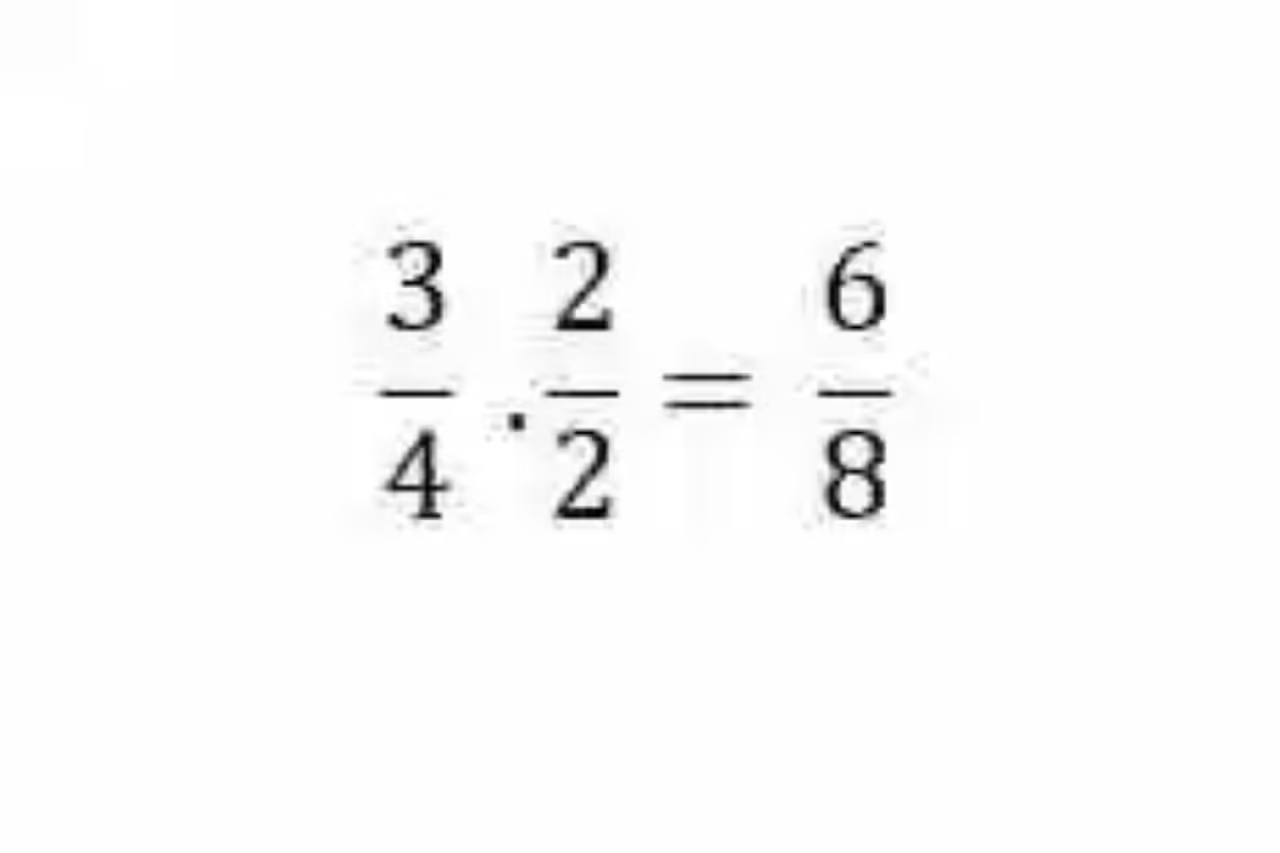Perhaps best, prior to addressing an explanation on fraction alleviation, is to briefly review some definitions, which will allow us to understand this mathematical procedure in its precise context.
Fundamental definitions
It may therefore also be prudent to define this theoretical review into two specific concepts: the first, the definition of fractions itself, since this will allow the nature of mathematical expression to be taken into account, on the basis of which it will be possible amplification develops. So too, it will be important to review the concept of Equivalent Fractions. Here’s each one:
Fractions
In this sense, it can then be said that fractions can be understood as one of the two forms of expression of fractional numbers, the other being the decimal expression. Likewise, as regards fractions, Mathematics has pointed out that these can be described as the approach of a division between integers.
Similarly, fractions shall consist of two elements, each of which has its own denomination and concept,as can be seen below:
Numerator: First, the fraction will have a higher element, which will be named numerator, and you will be tasked with accounting for the part or portion of the whole that represents the fraction to which it belongs.
Denominator: For its part, the denominator will be understood as the lower element of the fraction. As for its specific function, most authors agree that this element is responsible for making clear the whole of which the fraction is hardly a part.
Equivalent fractions
In another order of ideas, it will also be important to cast lights on the definition of Equivalent Fractions, a mathematical category that refers to the situation in which two or more fractions, despite having different values with each other, i.e. do not agree on their numerators and denominators, actually represent the same portion or value.
Mathematics has also indicated that the correct way to determine whether two fractions are equivalent or not is to subject these expressions to a cross-multiplication operation, where the numerator of the first fraction is multiplied by the denominator of the second, while the denominator of the first expression establishes a product operation with the numerator of the second fraction.
These expressions will be equivalent if the results of each of these multiplications fully match.
Fraction amplification
Having revised each of these concepts, it is perhaps certainly much easier to address an explanation of fraction amplification, which has been generally defined as a mathematical process by which the terms are found equivalents of a fraction.
Therefore, when it comes to amplifying a fraction, you will simply need to multiply the fraction that you want to amplify by the same number, which in turn should be nonzero, then you will get an amplified form of the fraction that gave rise to it, and of which it will also be equivalent.In this way you will find the major and equivalent terms of fractions.
Example of how to amplify a fraction
However, the most efficient way to close an explanation about fraction amplification may be through the exposure of a particular example,which allows us to see both the process by which a fraction is amplified, as well as the equivalent nature that this product supports with the fraction from which it has emerged. Here’s each one:
Amplify the following fraction:
To comply with the postulate of this exercise, each element of this fraction must be multiplied by a common multiple. In this case, 2 shall be assumed:
In doing so, you get a fraction, which can be interpreted as the amplification of the original. Likewise, if it is to check whether these fractions are equivalent, a cross-multiplication operation should be performed to determine whether multiplication yields the same result in both cases
3.8= 24 y 4. 6= 24
It can therefore be said that the amplified fraction is certainly also equivalent to that which has given rise to it.
Picture: pixabay.com










